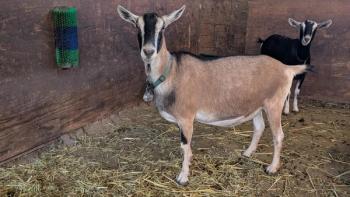
Symposium introduction: Skin reconstruction techniques
Veterinarians routinely deal with lacerations, bite wounds, and mass removals in small-animal practice. When wound closure becomes difficult because of the location of the wound or the size of the mass, however, even the most confident veterinarian can be intimidated by the prospect of these surgeries.
Veterinarians routinely deal with lacerations, bite wounds, and mass removals in small-animal practice. When wound closure becomes difficult because of the location of the wound or the size of the mass, however, even the most confident veterinarian can be intimidated by the prospect of these surgeries. Confidence comes with experience, of course, but having a good understanding of the principles of open wound management, tension-relieving techniques, and flap development can make the surgeries easier and the outcomes more successful.
Many excellent textbooks review the basics of wound management and reconstruction.1-4 Success in wound reconstruction depends not only on knowing this information, but also on adhering to the principles of proper surgical technique, including gentle tissue handling, closure of dead space, and preservation of the blood supply when possible. The following articles provide information on mesh grafts and Z-plasties—two techniques that are extremely useful in wound reconstruction.
REFERENCES
1. Slatter, D.: Textbook of Small Animal Surgery, 3rd Ed. (D. Slatter, ed.). W.B. Saunders, Philadelphia, Pa., 2003.
2. Swaim, S.F.; Henderson, R.A.: Small Animal Wound Management, 2nd Ed. Williams & Wilkins, Baltimore, Md., 1997.
3. Pavletic, M.M.: Atlas of Small Animal Reconstructive Surgery. W.B. Saunders, Philadelphia, Pa., 1999; pp 276-295.
4. Hedlund, C.S.: Surgery of the integumentary system. Small Animal Surgery, 2nd Ed. (T.W. Fossum, ed.). Mosby, St. Louis, Mo., 2002; pp 169-173.
Newsletter
From exam room tips to practice management insights, get trusted veterinary news delivered straight to your inbox—subscribe to dvm360.






